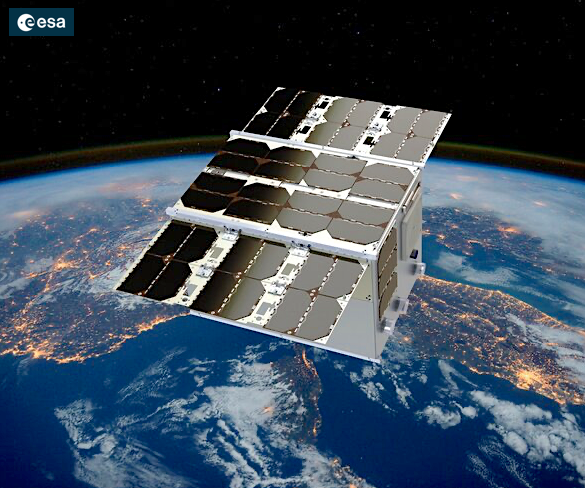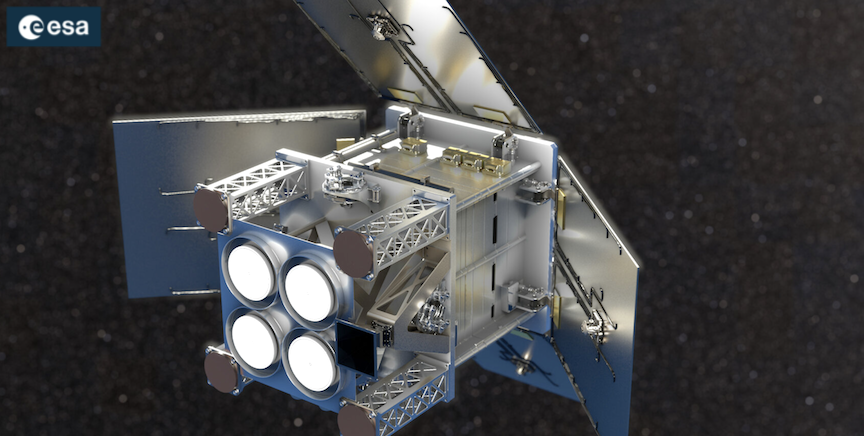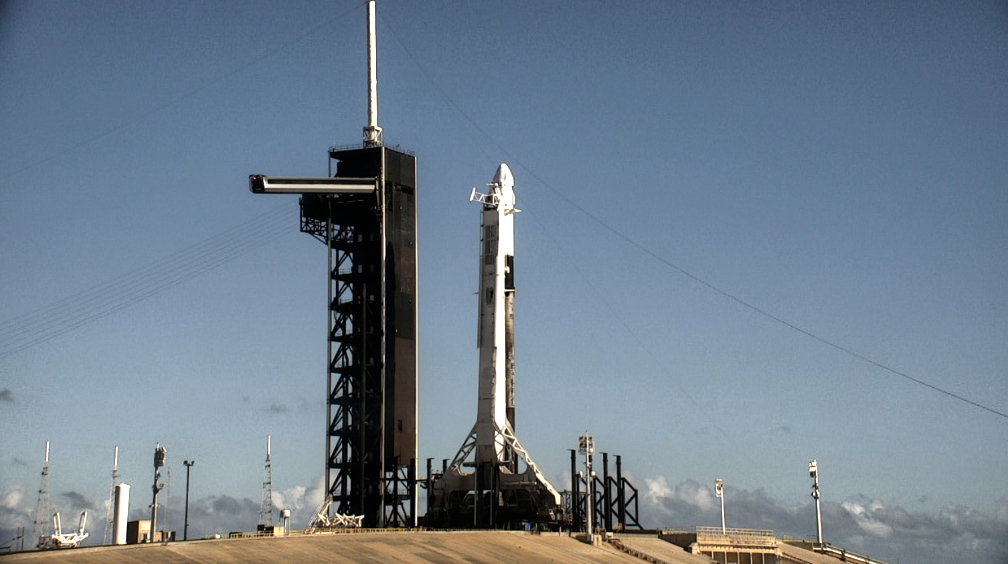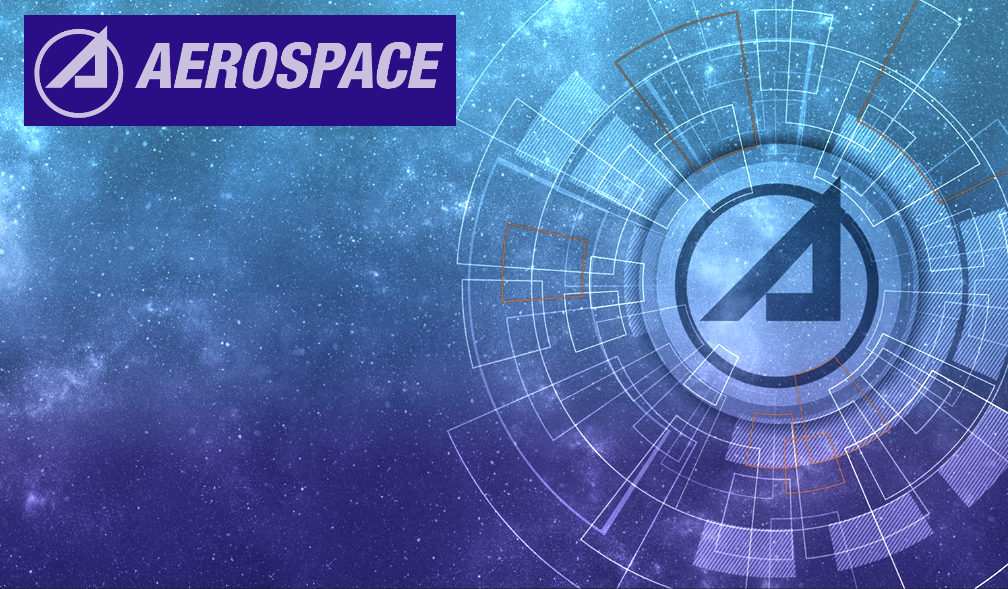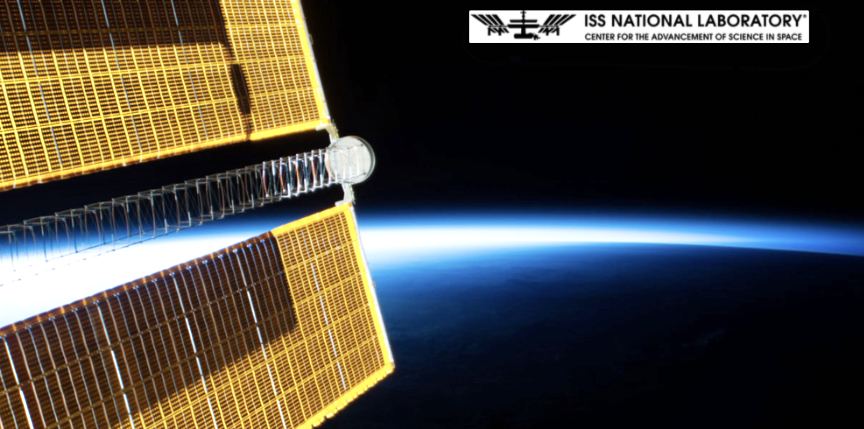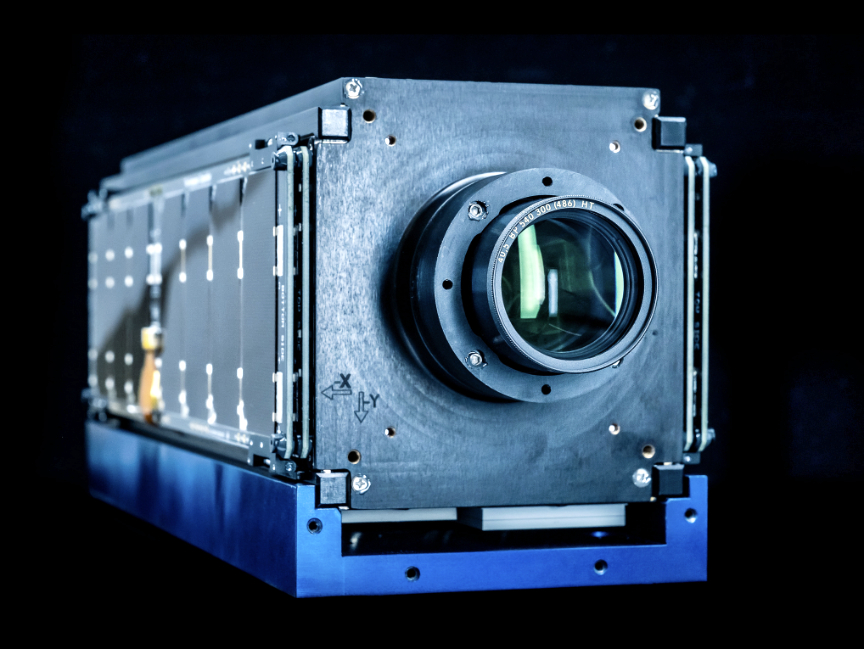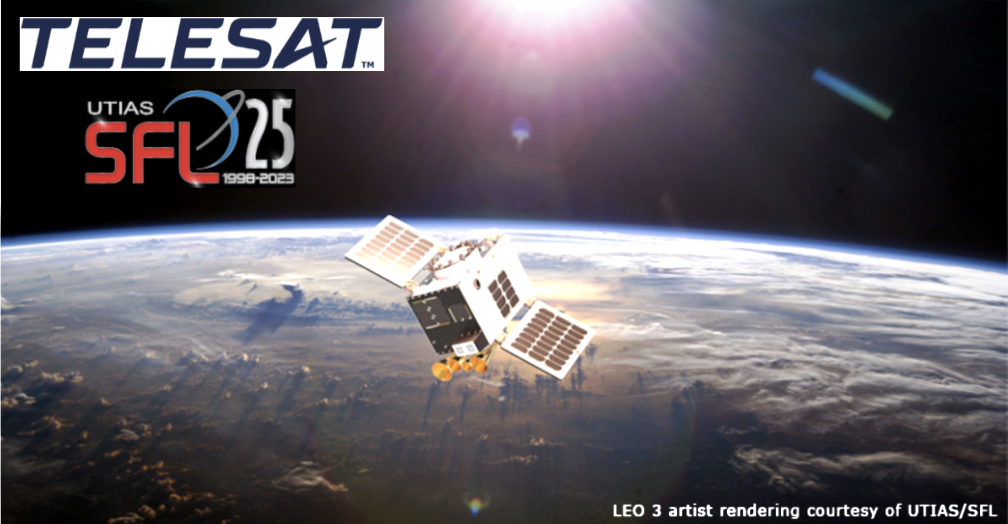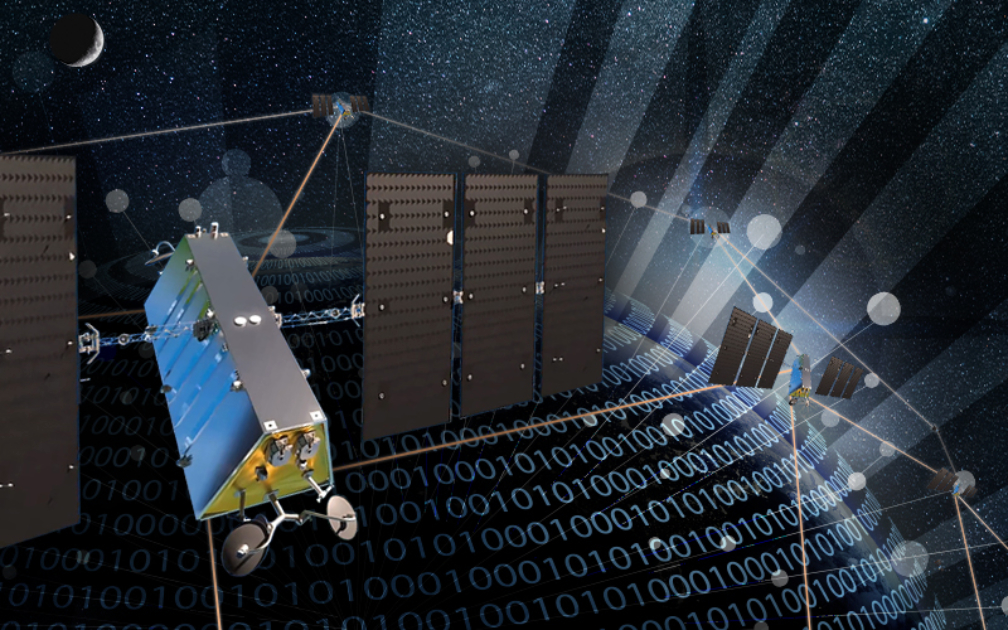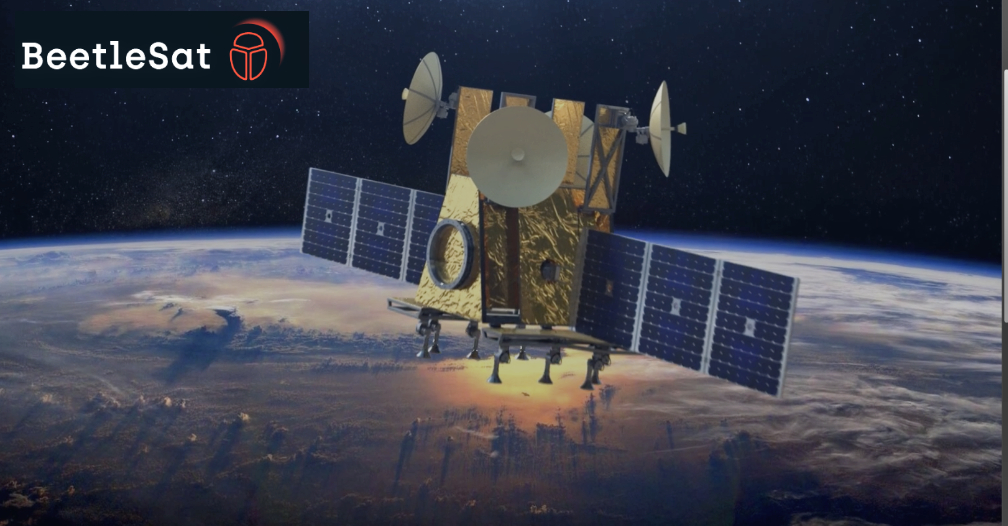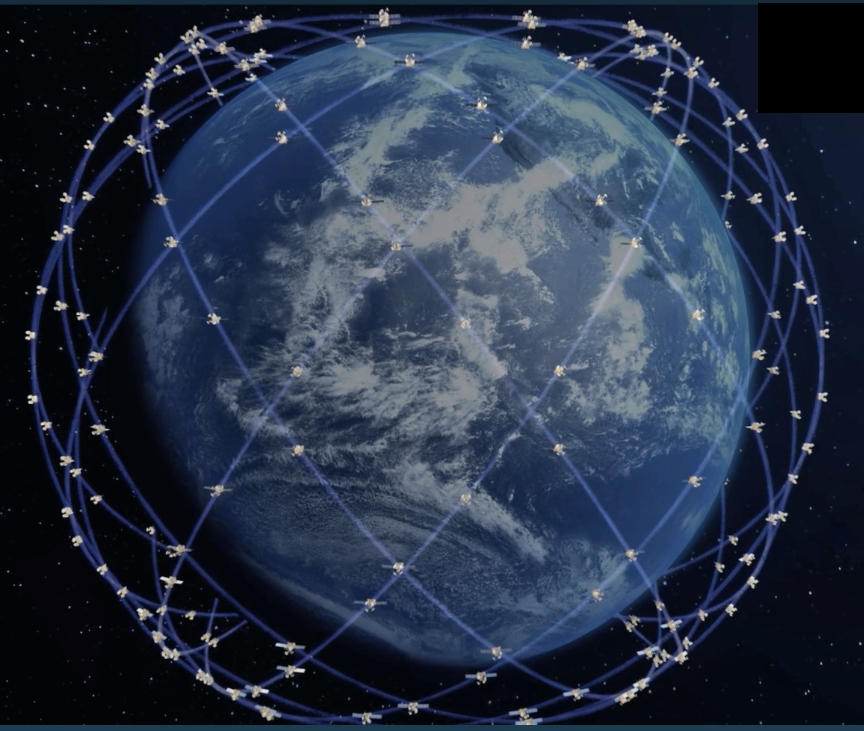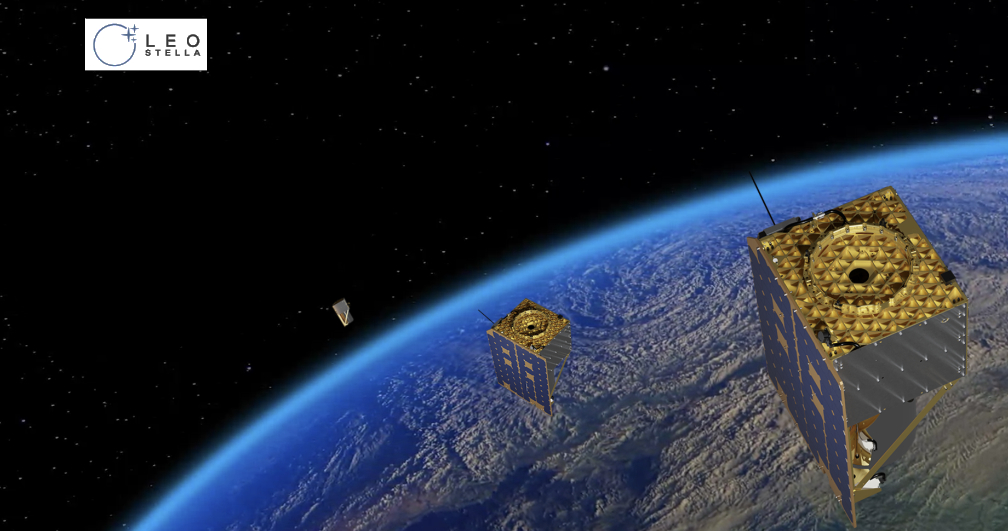
LeoStella has delivered their third satellite to Loft Orbital Solutions which also happens to be the 20th satellite manufactured by the company since formation in 2019.
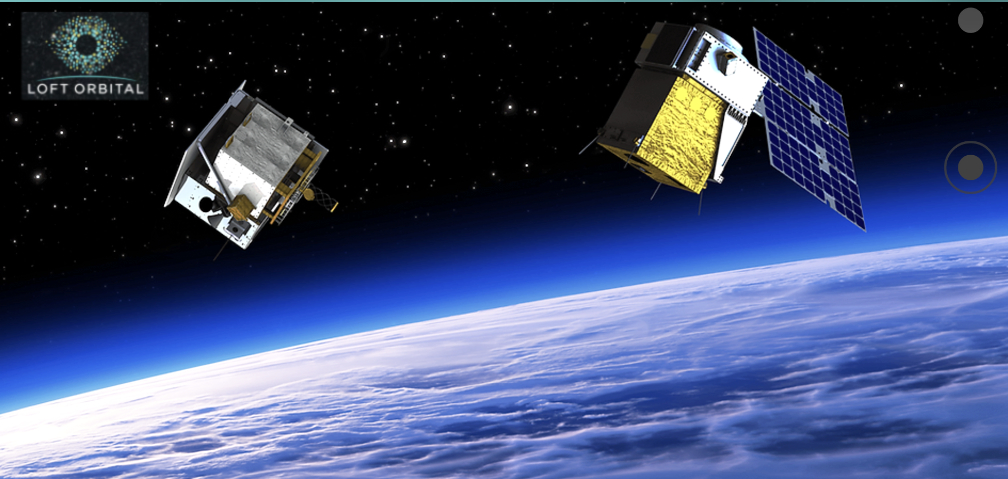
This latest satellite was modeled on LeoStella’s LS-100 bus platform and delivered to Loft Orbital who extended their production agreement with LeoStella to secure additional satellites in support of their mission to provide a reliable path to orbit for any payload for customers.
LeoStella satellites have a cumulative on-orbit heritage of more than 31 years, reinforcing the firm’s reputation for providing high-mission availability to commercial and government customers.
The standardization of LeoStella’s smallsat bus enables the company to reduce production costs and timelines to deliver spacecraft efficiently and economically. LeoStella’s satellite buses are known for their ability to support multiple types of payloads without any added time required for mission-specific configurations.
“LeoStella is a trusted and proven satellite-bus provider. LeoStella’s commercial-off-the-shelf satellite buses help streamline our production timeline. Coupled with our technologies, we’re able to provide our customers with a fast and simple path to orbit.”
— Pierre-Damien Vaujour, CEO of Loft Orbital
“We’re proud of our ongoing relationship with Loft Orbital and their strategy of partnering with best-in-class bus providers. Our team manufactured and delivered another spacecraft in less than 13 months from the time of contract extension. Our production line’s efficiency and commitment to on-time delivery are significant for Loft Orbital in meeting their customers’ needs.”
— Tim Kienberger, CEO of LeoStella

